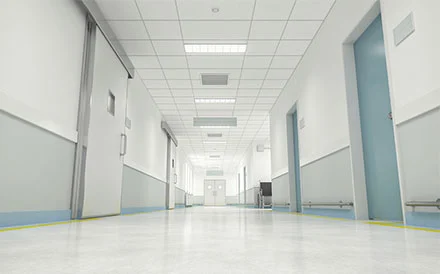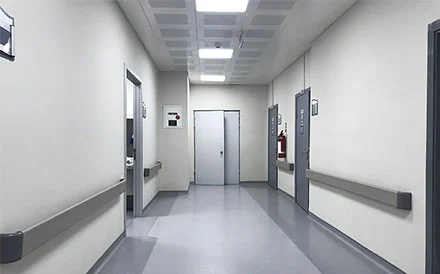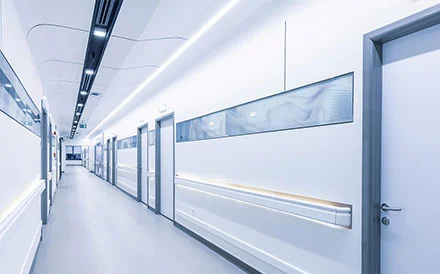For the care of patients with severe or complete disabilities, the most high-risk endeavors is their rehabilitation training. Through the easy-to-operate Overhead Track Transfer System, healthcare personnel can work alone, employing a zero-gravity approach to accomplish the rehabilitative care of these patients.
1. Based on Patient Functional Limitations:
(1) Elder-Friendly Functional Environment: This is designed for healthy seniors and patients with mild disabilities, focusing on preventing falls and enabling quick discovery of injuries should a fall occur. This environment generally consists of building interiors and exteriors, assistive devices, healthcare personnel, healthy older adults, and those with mild disabilities.
(2) Nursing Functional Environment: This is aimed at improving the efficiency and reducing the intensity of care for patients with severe and complete disabilities, while maintaining the dignity of both patients and caregivers. It generally includes building interiors, assistive devices, and healthcare personnel alongside the patients.
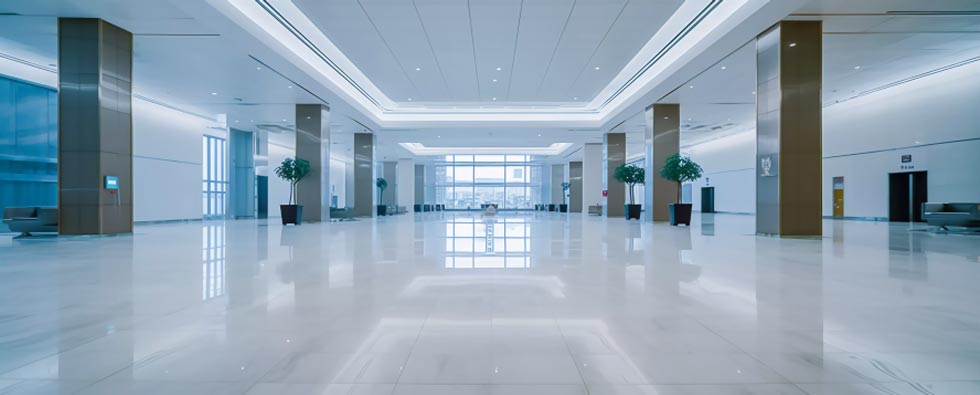
2. Based on Departmental Infrastructure:
(1) Surgical Environment: Designed by healthcare institutions to compensate for patients' functional limitations, improve their adaptive abilities, and prevent falls. This environment generally includes hospital structures, assistive devices, healthcare personnel, and patients.
(2) Rehabilitation Environment: This is designed by rehabilitation centers for the elderly and trauma patients to improve adaptability and functional rehabilitation, and to minimize the risks and impact of falls. It typically includes community rehabilitation centers, assistive devices, healthcare staff, elderly patients, and trauma patients.
1. In Surgical Settings: The design principle is "zero horizontal elevation and zero vertical distance." In other words, the floors must be level without any bumps or height differences. "Zero vertical distance" means leaving enough approach space for wheelchairs and hospital beds, avoiding new obstructions. For patients with visual impairment or blindness, environmental spatial considerations are of significant importance. Specifically, it is recommended to minimize ground-level furniture within interior settings. Any fixtures that can be anchored should be secured to mitigate risk. Utilizing built-in wall cabinets for centralized storage is generally advised to ensure an unobstructed spatial envelope within the reach of the individual's height and range of limb movement.
2. In Rehabilitation Settings: Depending on their physiological and psychological conditions and the degree of functional limitations, disabled elderly can be divided into categories like visual impairment, auditory impairment, limb dysfunction, intellectual disability, and temporary functional impairment. For intellectually disabled individuals, it's difficult to generalize their characteristics and requirements due to the variance in individual disabilities. However, designing environments based on the needs of other types of mobility-impaired people will facilitate the intellectually disabled individuals' recognition and safe usage of these spaces.
Functionality of the Ceiling Hoist System
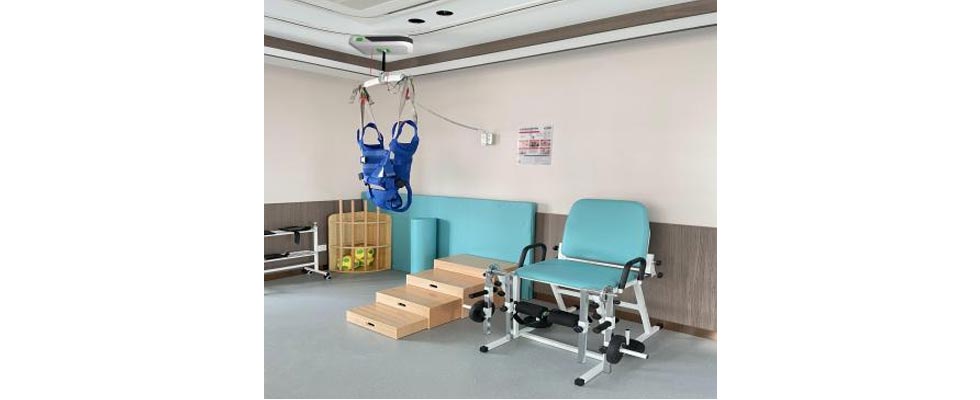
1. Target Population: The latent demand for patient-care staff is tenfold the current market supply, making it unfeasible to provide one-on-one care. This renders patient transfers one of the most labor-intensive and high-risk caregiving activities.
2. Transfer Care: When it comes to the daily care of patients with severe or complete disabilities, the greatest risk often lies in their transfer, also known as ferrying. Through the easy-to-operate patient lifting equipment, caregiving personnel can manage transfers individually, with zero gravitational load, thus completing the transfer and rehabilitative care for patients with severe or complete disabilities.
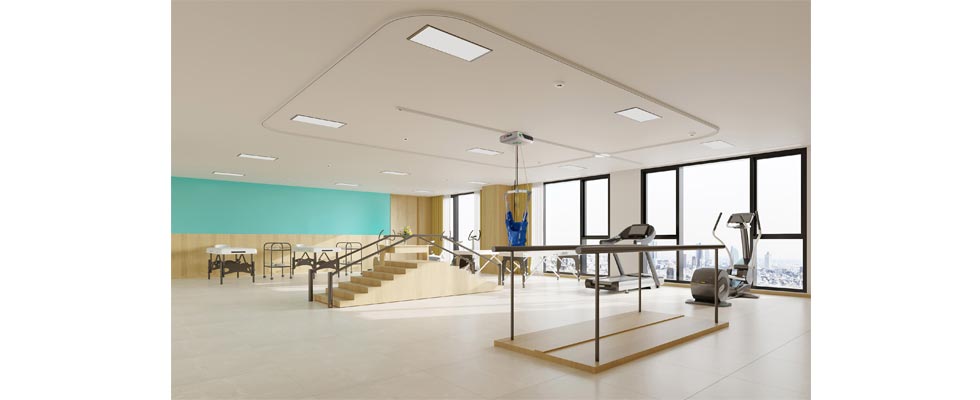
3、Features of Transfer: The Ceiling Lift System fully utilizes overhead space to overcome the limitations of confined and complex ground areas in caregiving zones. This design alleviates the ground space occupation by mobile devices and equipment.

Hey, I’m Frank from Meddo Medical.
With over 15 years of experience in medical devices and healthcare innovation, I specialize in providing OEM & ODM solutions for hospitals and clinics worldwide.
My goal is to share professional knowledge and industry insights to help healthcare providers choose reliable, high-performance medical equipment that improves patient outcomes.
 English
English français
français Español
Español العربية
العربية
